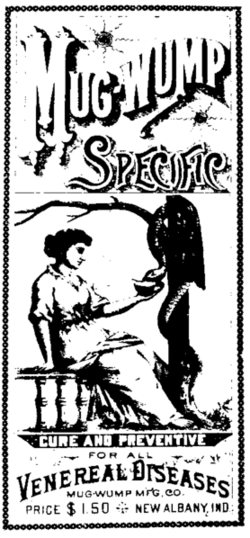Venereal disease: Difference between revisions
imported>Nancy Sculerati No edit summary |
imported>Nancy Sculerati No edit summary |
||
| Line 7: | Line 7: | ||
===Syphilis=== | ===Syphilis=== | ||
[[Image:TreponemaPallidum.jpg||thumb|right| | [[Image:TreponemaPallidum.jpg||thumb|right|150 px|An electron micrograph of the spirochete, Treponema Pallidum, that causes syphilis.]] | ||
==Syphilis in history== | ==Syphilis in history== | ||
Revision as of 14:00, 5 May 2007

'Venereal diseases' are infections spread through sexual contact. When the term was coined, in the 19th century, sexual activity was the only common "intimate" means of sharing body fluids. Since that time, with the advent of blood transfusion, organ transplant, and groups of substance abusers who share hypodermic equipment for injecting drugs, some of the same fastidious organisms that could only survive transmission from an infected person to a new host through body fluids shared in sexual contact, are now also able to survive through these other forms of transport.
Sexually Transmitted Disease (STD) include both the venereal diseases and other infections. These other infections can be spread in many ways, but are so likely to be transmitted by sexual contact with an infected person that they are included in the category of sexually transmitted disease.
